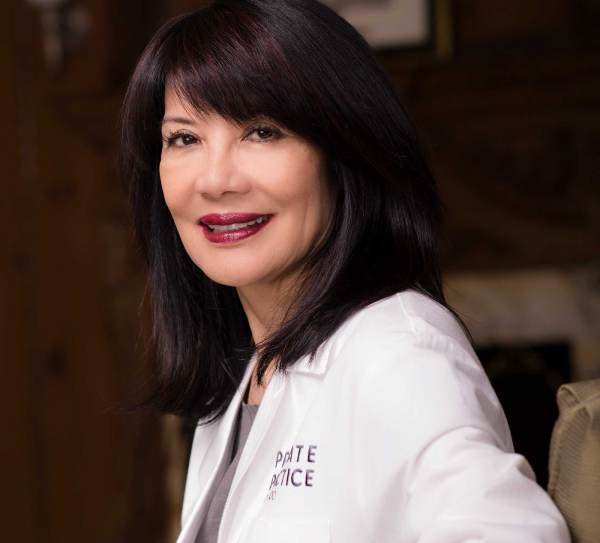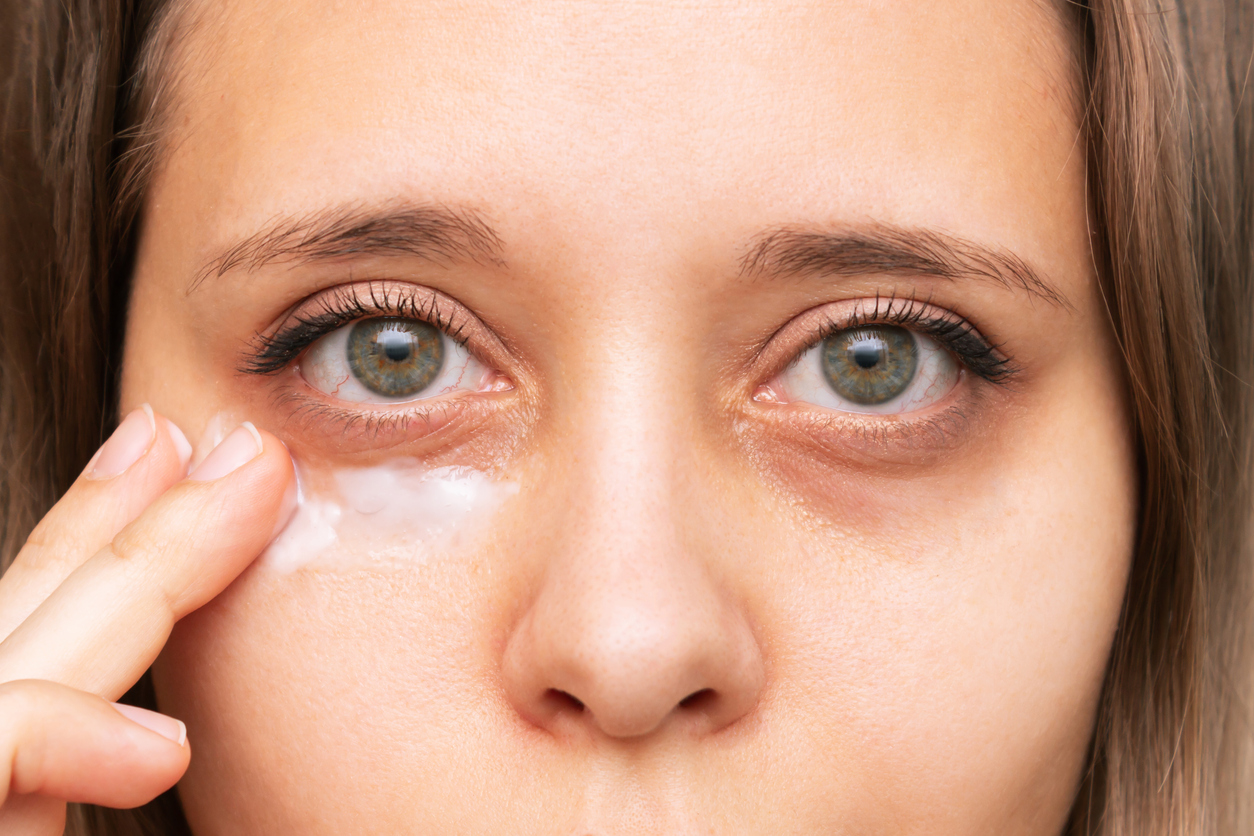Retinol (vitamin A) is the #1 skin-transforming ingredient of our time because it promotes the production of collagen and elastin—the building blocks for firm, plump, youthful-looking skin. But while retinol is skincare’s miracle ingredient, it’s also the most misunderstood. There are so many myths about retinol, ranging from “it has to burn to work” to “you can never use it during the summer” that simply aren’t true. Read on to discover the real facts about Retinol, skincare’s most effective ingredient.
RETINOL NEEDS TO BURN AND PEEL THE SKIN TO BE EFFECTIVE
If I had a dollar for every time I’m asked this question, I would be retired (lol). The truth is, retinol that burns, flakes or peels the skin is actually doing more harm than good. Burning and peeling indicates a breakdown of the skin barrier, which includes all of the skin-friendly ceramides that fight pollutants and skin glycation—one of the biochemical processes that accelerates skin aging. The right retinol for your skin should be well tolerated and cause zero irritation. It’s still promoting cell turnover and stimulating skin matrix production, only without the harsh stripping of the outermost layer of the epidermis. You achieve the best results when you apply retinol nightly, not every three or four because your skin burns. Keep this in mind the next time you use retinol. If it starts to harm the skin, it’s time to find another brand of retinol.
RETINOL SHOULD NOT BE USED IN THE SUMMER
I’m a big proponent of year-round retinol, especially in the summer when there is more moisture and warmth. The reason this myth exists is because most retinol users are applying retinol the wrong way. Retinol should only be applied at night in the appropriate concentration for your skin. It should not be used during the day, any time of year. This is not because the sun interacts with retinol, but because retinol is naturally photo-unstable so it breaks down in sunlight, rendering it less effective. Your skin is also more stressed and therefore more sensitive during the day from the bombardment of environmental pollutants and UV rays. It will be much more sensitive to any concentration of retinol.
The best and only time to use retinol is at night, when your body is at rest with the least amount of external stimuli and stress. While you sleep, retinol can work unencumbered, repairing and building your skin. This is akin to waking up really early or staying up really late, when the household is quiet, and you are the most efficient in getting your work done.
You also don’t need to overapply. A pea size is the perfect amount of retinol for the face. It should be applied to clean skin so there is nothing impeding the absorption of the retinol.
RETINOL NEEDS TO BE IN THE HIGHEST CONCENTRATION TO WORK
This couldn’t be further from the truth. Someone that is just starting out and using retinol for preventative measures does not need to use a high concentration. They need a maintenance concentration—to keep their skin from aging. Whereas someone who is experiencing deep wrinkles and rough texture would want a higher concentration. Essentially, concentrations should vary based on our individual skin needs.
Think of Retinol concentrations like a prescription your doctor would give you for an infection. Your doctor starts at the lowest dose that would still get the job done. If you use too high a concentration, you might have side-effects and develop resistance. Retinol is best tolerated and most effective when used appropriately. More is not always better. In fact, this is the reason I created 4 levels of retinol. Each level is formulated to meet the needs of your specific skin stage—prevention to deep wrinkles. Find your level, use it nightly and see the incredible, skin-transforming results, without any irritation.




